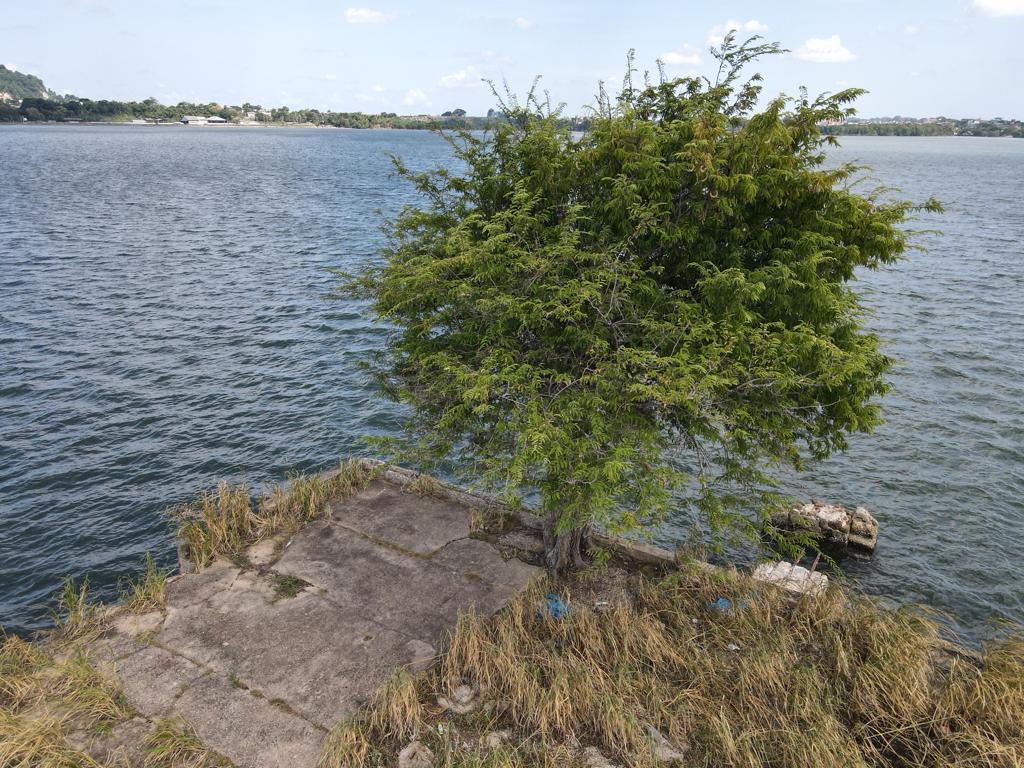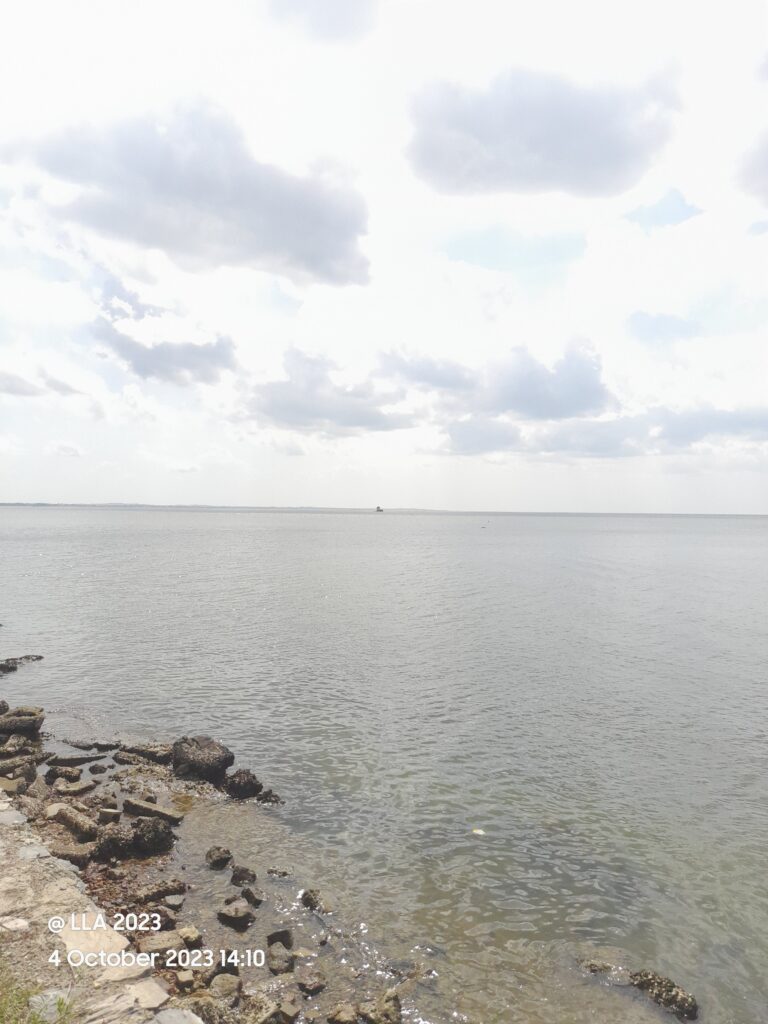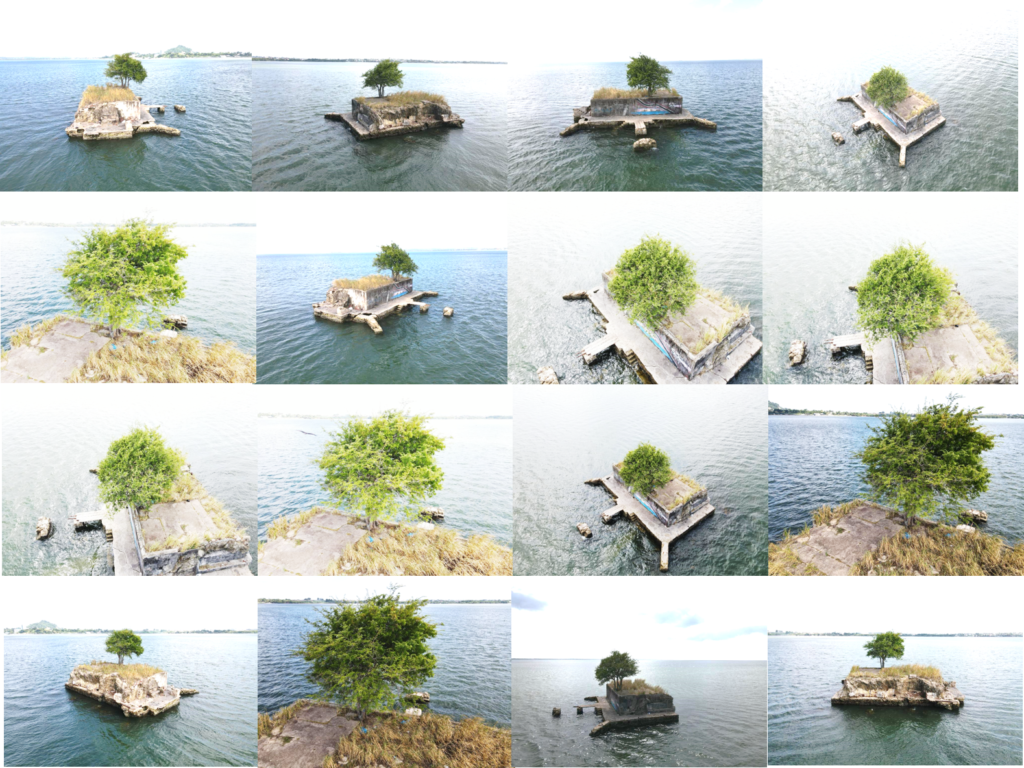As a child, I often pondered the enduring presence of a lone tree on Farallon Rock, hoping to uncover its secrets before its eventual demise. With the passage of time and many inquiries, my fellow naturalist, Chantal Leotaud, and I decided to embark on our own investigation to see exactly how this tree is coping with these extreme environmental conditions. The Trinidad and Tobago Meteorological Service has issued a Hot Spell Alert for the entire month of October 2023, marking this alert just two weeks after the discontinuation of the last Hot Spell Warning.

Farallon Rock, situated in the Gulf of Paria off the coast of San Fernando, Trinidad, has a recorded history dating back to 1869 when it was first documented by Charles Kingsley. Remarkably, the rock has endured the test of time, even as it is now shrouded by the remnants of a two-story house’s foundation that once stood upon it.
It did not take long for us to confidently identify the Tamarind tree (Tamarindus indica L.), locally known as Tambran. What makes this Tabaran tree on Farallon Rock even more intriguing is its remarkable adaptation to the harsh environment, where it relies solely on rainwater in a region with scorching sea surface temperatures during the dry season. We also observed birds frequently resting on the rock, leaving behind their faecal droppings that have gradually enriched the area with nutrients over the years.
In recent years, with global temperatures on the rise and the escalation of tropical waves, heat waves, and hot spells, this Tambran tree seems to be showcasing an extraordinary capacity to acclimate to the shifting climate and local weather patterns.

Scenic vista of Farallon Rock at exactly 1.67 km from the shoreline in San Fernando, South Trinidad.

Drone photographs showcasing the robust Tabaran tree on Farallon Rock from various angles.
Drone images and video by Chantal Leotaud